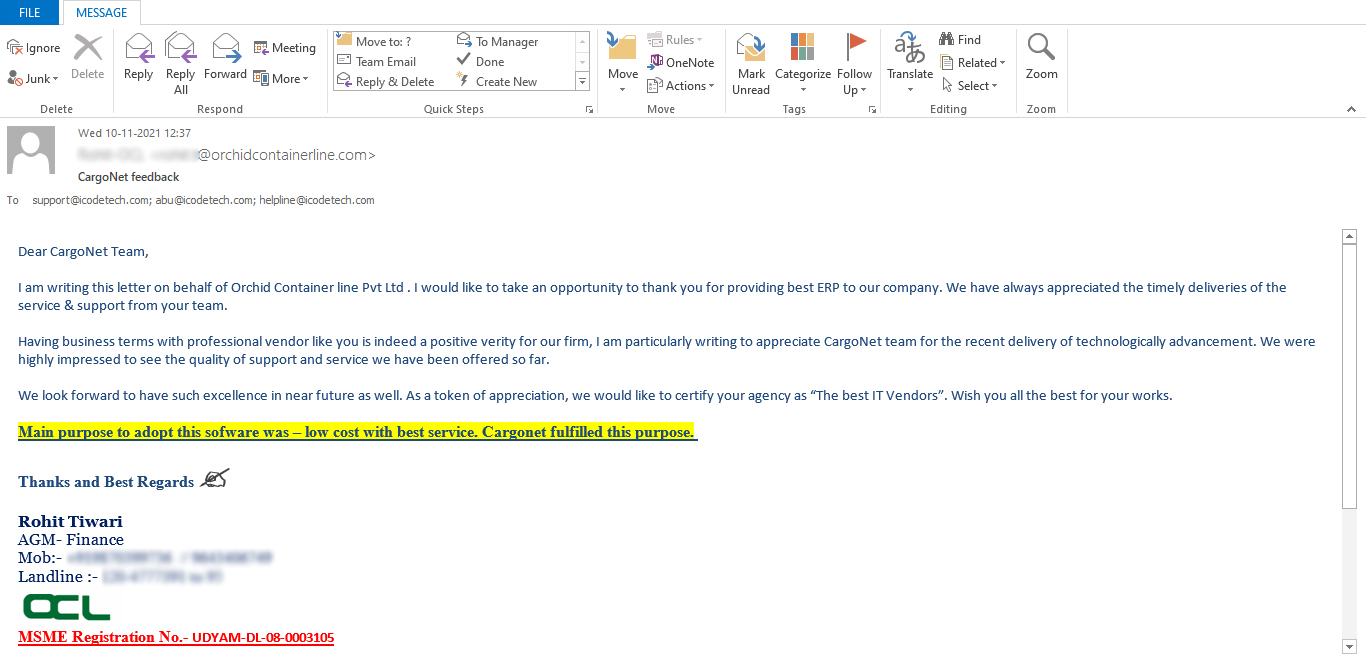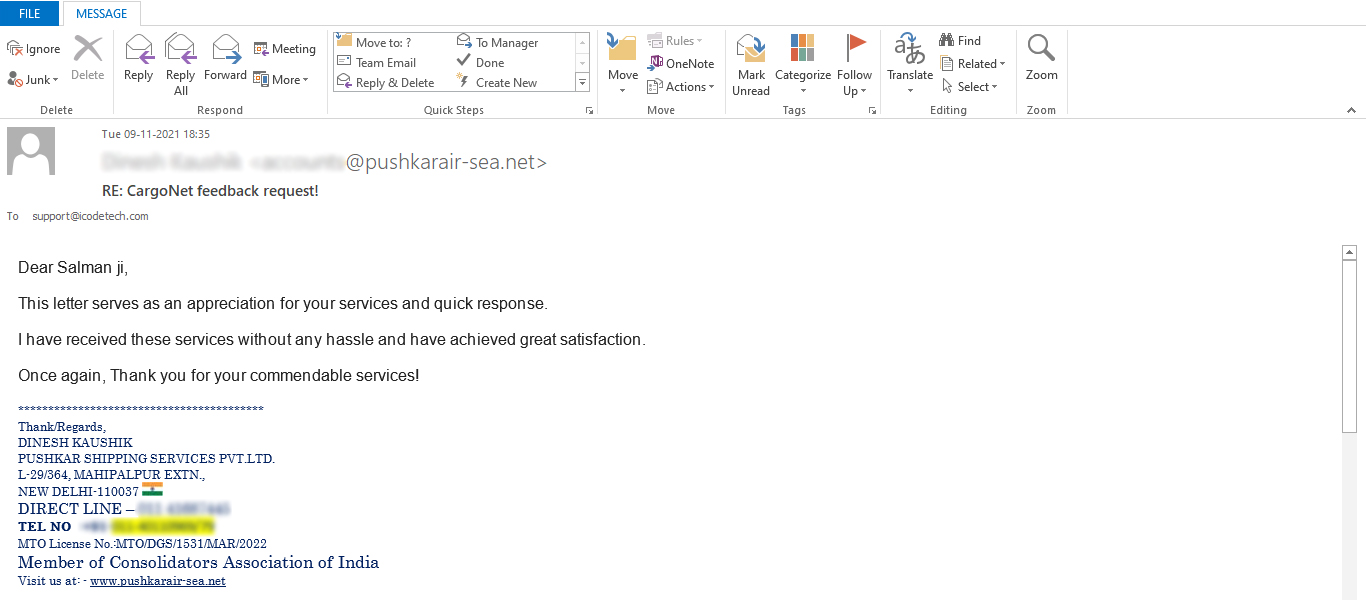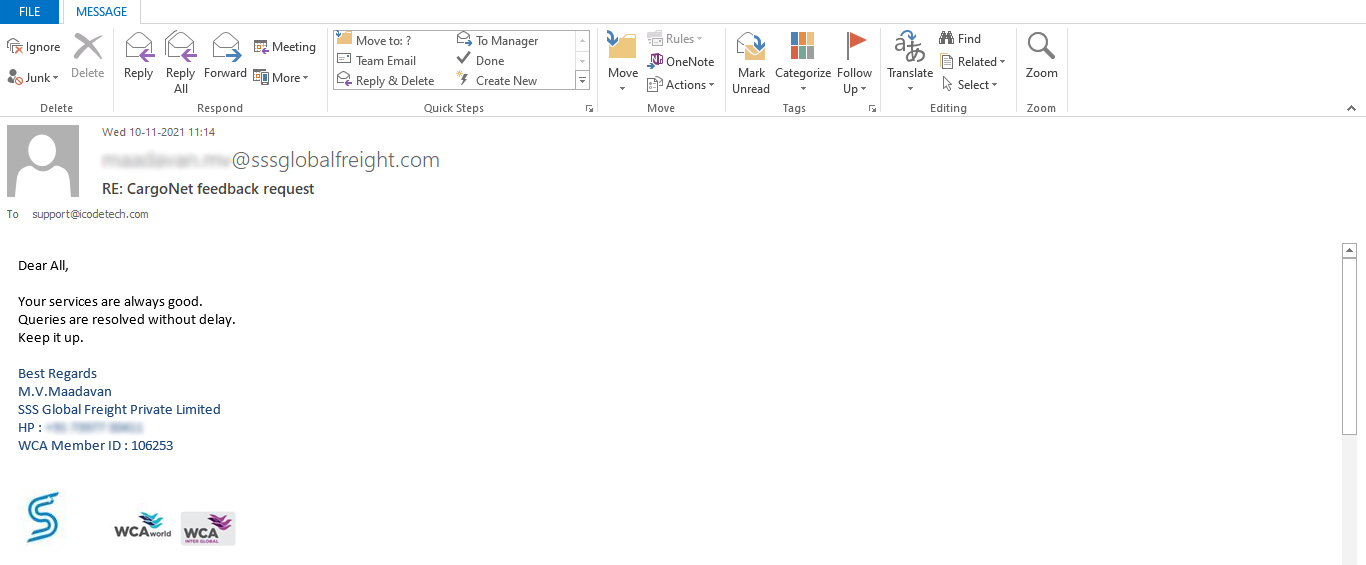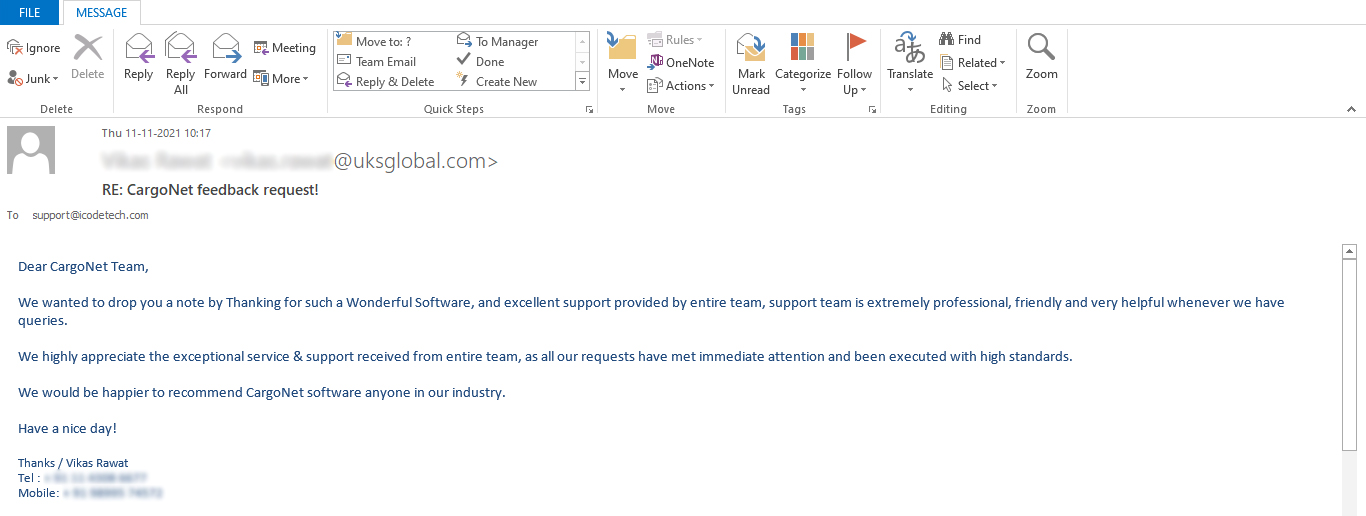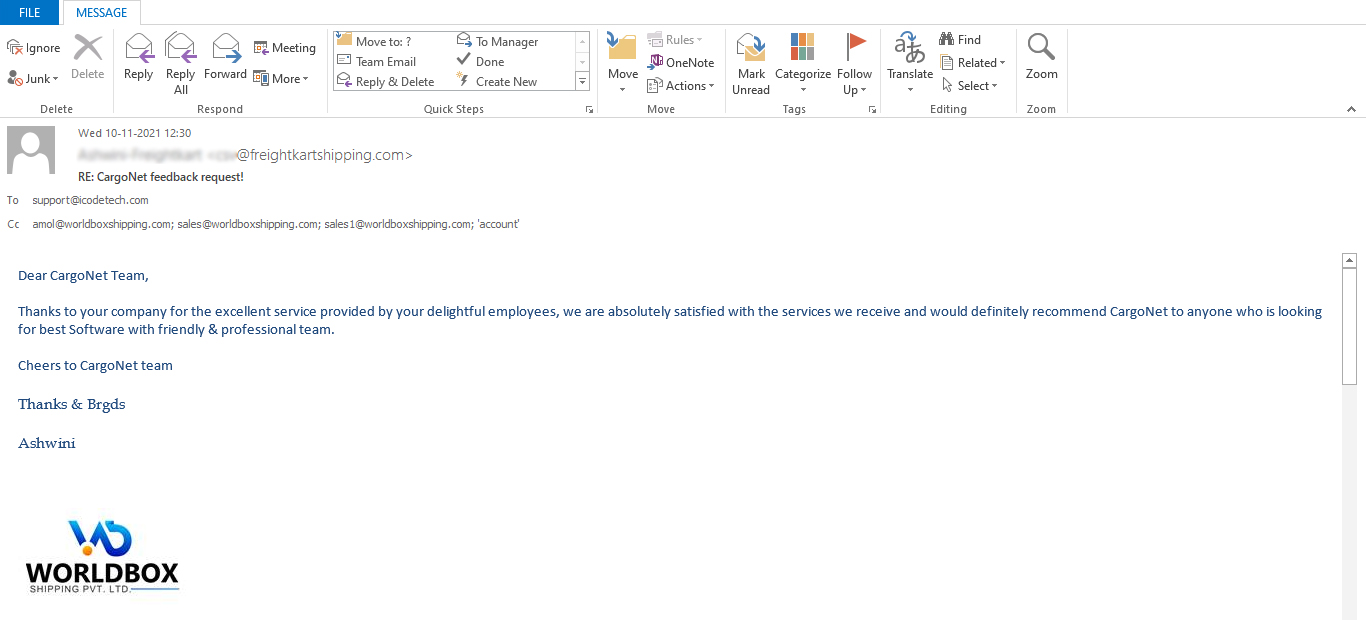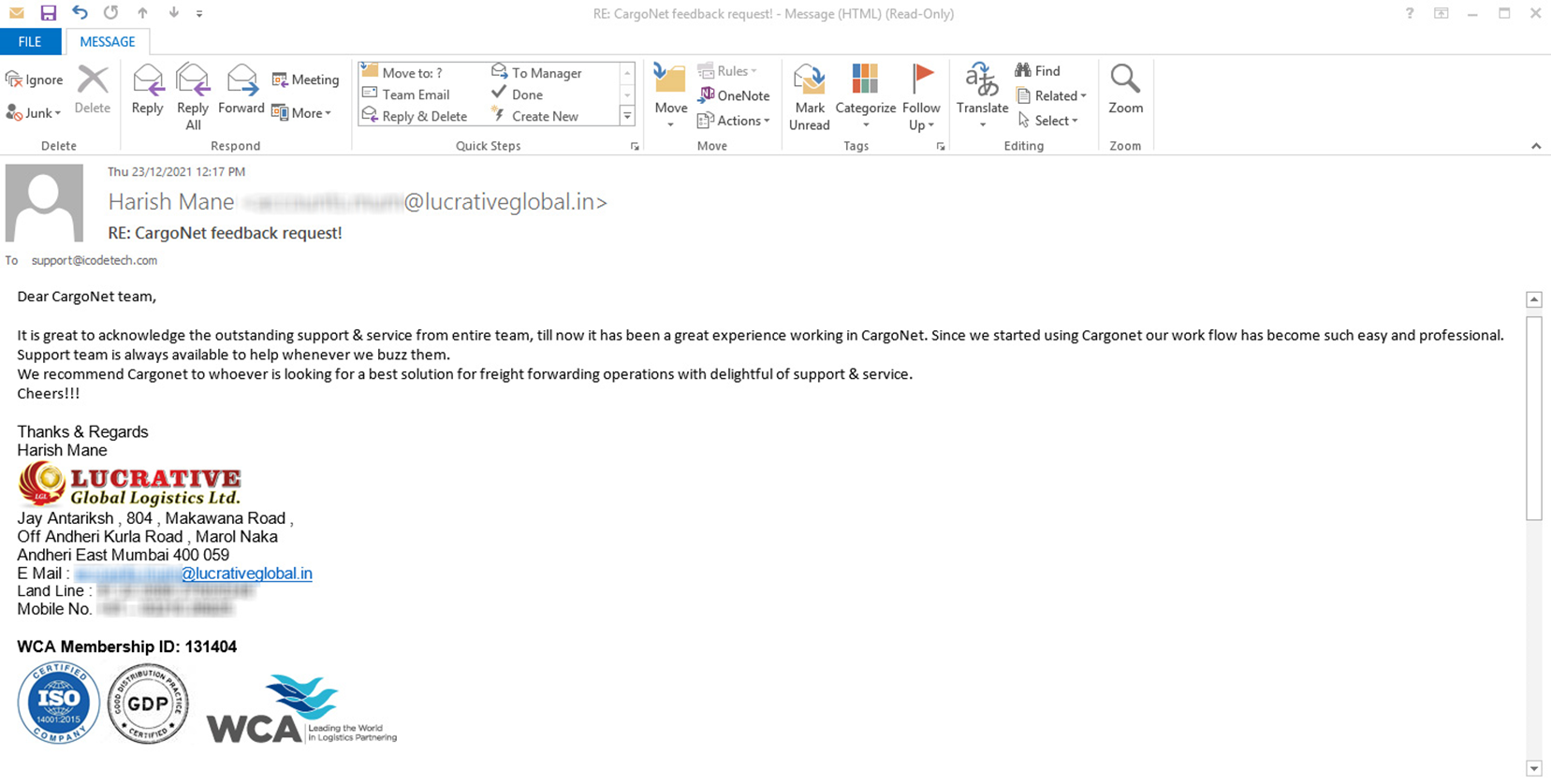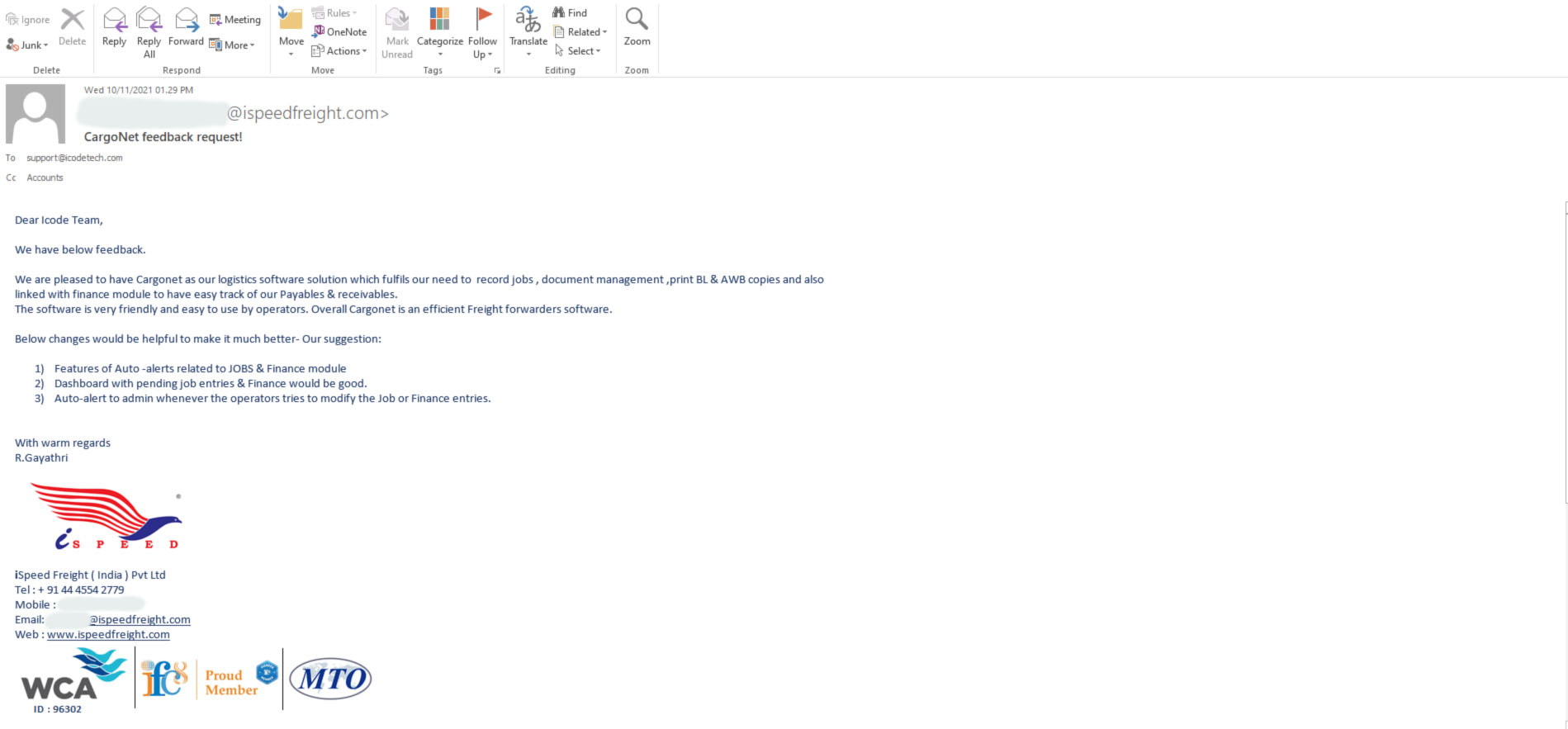In the complicated world of shipping and logistics, choosing the right shipping software is crucial for businesses. With so many options available, it can be challenging to find the best solution. This guide is here to make things simpler, providing a step-by-step roadmap to help businesses make smart decisions when picking shipping software.
Understanding Your Business Needs:
Every business is unique. Start by delving into the specifics of your operations. What are the critical requirements for shipping software that align with your business’s workflows and objectives?
Choosing the right shipping software is not a one-size-fits-all endeavor. Each business is a unique entity with its own set of intricacies, challenges, and ambitions. In this light, understanding your business needs becomes a cornerstone—an indispensable guide that shapes the contours of your logistics strategy and determines the trajectory of your operations. Here’s a breakdown of why this step is crucial and how to approach it:
1. Identifying Pain Points:
Begin by pinpointing the challenges or pain points within your current shipping processes. Are there inefficiencies, delays, or errors that need addressing? Understanding these pain points helps you identify what functionalities or features the software must-have to alleviate these issues.
2. Assessing Workflows and Requirements:
Map out your shipping workflows comprehensively. From order processing to fulfillment and delivery, understand the different stages and intricacies involved. Identify the key requirements at each stage and determine how the software can streamline or enhance these processes.
3. Scalability and Growth Projections:
Consider your business’s growth trajectory. How do you foresee your shipping needs evolving in the coming years? Ensure the software aligns not just with your current needs but has the scalability to accommodate future expansions without significant disruptions.
4. Customer Expectations and Experience:
Evaluate the expectations of your customers regarding shipping. Are they looking for faster delivery options, real-time tracking, or specific delivery preferences? The software should enable meeting these expectations, enhancing the overall customer experience.
5. Inventory Management Integration:
If your shipping operations are closely tied to inventory management, consider how the software integrates with your inventory systems. Ensure synchronization between shipping and inventory data to prevent discrepancies and optimize stock levels.
6. Customization and Flexibility:
Each business operates uniquely. Look for software that offers customization options or configurable features to adapt to your specific workflows and preferences. Flexibility in the software’s functionality can be crucial for a tailored fit.
7. Budget and Cost Considerations:
While focusing on needs, it’s vital to align them with your budget. Prioritize functionalities based on their importance to your business operations. Assess whether the software’s cost aligns with the value it provides and fits within your budget constraints.
8. Training and Adoption:
Consider the learning curve for your team. Opt for software that is intuitive or offers comprehensive training resources. Ensuring your team can easily adopt the software minimizes disruptions during the transition phase.
9. Future Innovations and Technology Trends:
Stay abreast of emerging trends and innovations in shipping software. Consider whether the Freight software aligns with these technological advancements to ensure you stay competitive and future-ready.
10. Customization Options:
Your business is unique, and so are your shipping needs. Choose shipping software that allows for customization, enabling you to tailor the system to your specific requirements. This flexibility is crucial for adapting to changes in your business model.
11. Analytics and Reporting:
Data-driven decision-making is essential for optimizing your shipping processes. Choose software that offers robust analytics and reporting tools, allowing you to track key metrics, identify trends, and make informed decisions to enhance efficiency.
12. Security and Compliance:
Shipping involves sensitive data. Choose software that prioritizes security measures, including encryption protocols and compliance with industry standards.




